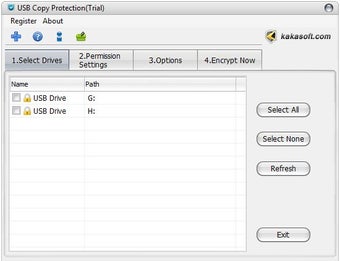USB Copy Protection Explained

USB Copy Protection software is a utility that protects your personal information by digitally copies of them. It can be used on any Windows-based system to effectively “strip” the original data from any USB storage device, including flash drives, memory sticks and CDs. There are two versions of this software – one that works with Windows and one that works with Linux (also known as the Linux USB Finder). Unfortunately, both variants behave very differently and are not well supported by the other.
USB Copy Protection software is used extensively on computers that have a Windows operating system and are placed in the computer’s USB port. This software, when run on a Windows computer, will protect the original data of the USB storage device that it is running from being overwritten by copies that come from another USB storage device. In short, it protects your digital pictures or other files from being lost or copied to another device that might result in someone else using them. However, because of a bug in the operating system that we use, sometimes even when you’re using a safe version of this software, some of your files can be accidentally overwritten by a read/write operation that comes from another computer.
For example, if you open a file that is saved to a USB drive and then save it to a PC using the USB copy protection feature, a file copy protection bug in the operating system will overwrite the already-saved data. If you then try to save the same file to another USB storage device, it will prevent you from being able to save it. If you’ve used a kakasoft USB security program, the only way around this is to copy the data to another PC using a different USB storage device. Fortunately, this is not something that would typically encounter consumers on a regular basis, but it’s something that you should keep in mind, just in case it does occur.


